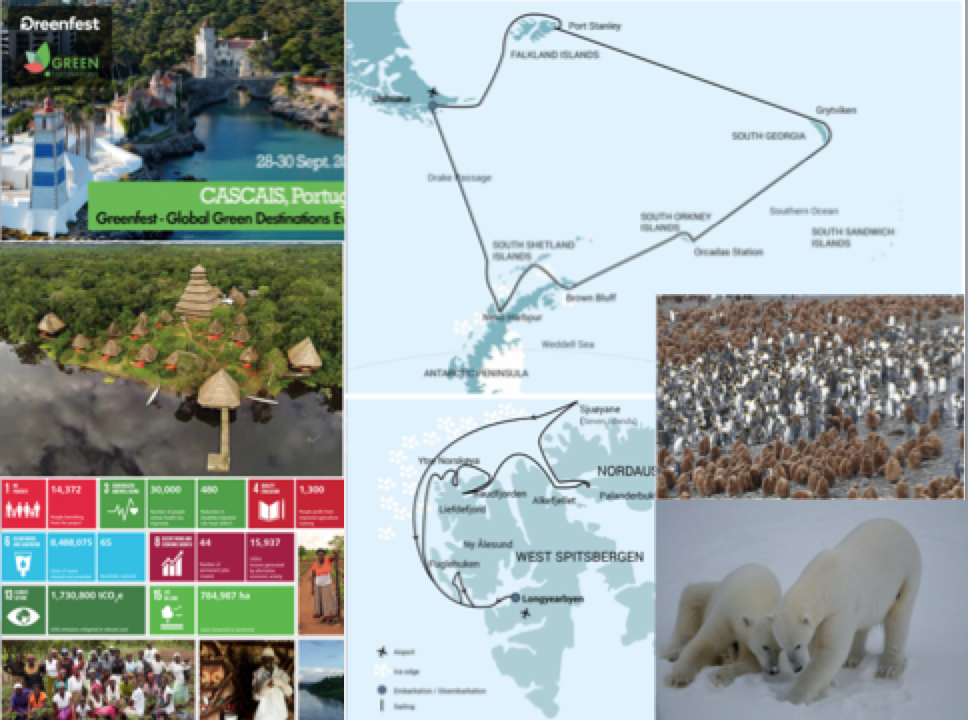[metaslider id=7200]This is a classical case, where LT&C can facilitate synergy: You follow the present development for change in Zimbabwe. And you are anyway aware that Zimbabwe is one of the poorest countries in the world, which needs support. But you also know that the country is rich in valuable nature and biological diversity, which needs better protection, e.g. by improving its national park system. – On the other side may be your interest to travel to remote places and explore the worlds most fascinating nature sites. Some of our members take advantage of discounted LT&C-Study Tours to the Arctic or even Antarctica, South Georgia and the Falkland Islands. Others may consider such offers as Christmas presents for their loved ones. – But how can you do that with consciousness regarding the climate and your carbon emissions? How could that fit all together?
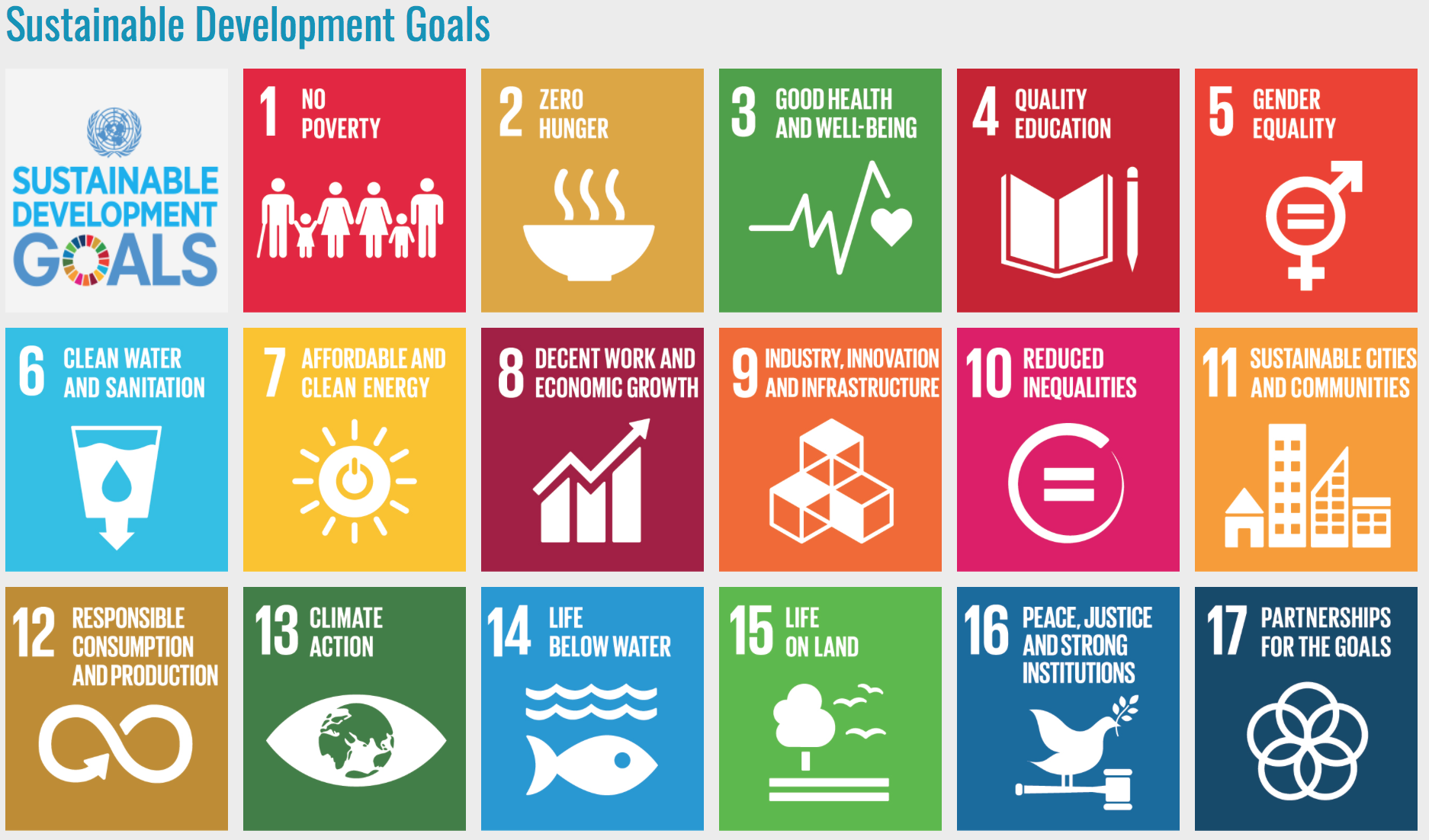 LT&C has the strong vision that everybody involved in tourism is supporting at least some of the 17 Sustainable Development Goals (SDGs) our their 169 targets. We ourselves focus on SGG 14 (Life below water) and 15 (Life on land). And if we are traveling ourself we make sure, and recommend the same to our members, to support Climate Action (13), by at least offsetting our climate footprints. We at LT&C not only want to promote LT&C-Examples and offer possibilities to visit them. We also want to make sure that as many of those travelling will compensate for their climate footprints. Our member, the South Pole Group, one of the most experienced and credible in carbon offsetting can assist everybody implementing this important duty. They offered us last year for this purpose the Kariba REDD+ forest conservation project, located at Lake Kariba in Northern Zimbabwe, as it serves also as an LT&C-Example and support altogether 7 of the 17 Sustainable Development Goals (SDGs). In order to raise understanding how this is working in praxis, South Pole with their partner Carbon Green Africa has offered our members a study tour to the project. Regretfully, due to the present circumstances and developments in Zimbabwe, this tour now has to be postponed by one year:
LT&C has the strong vision that everybody involved in tourism is supporting at least some of the 17 Sustainable Development Goals (SDGs) our their 169 targets. We ourselves focus on SGG 14 (Life below water) and 15 (Life on land). And if we are traveling ourself we make sure, and recommend the same to our members, to support Climate Action (13), by at least offsetting our climate footprints. We at LT&C not only want to promote LT&C-Examples and offer possibilities to visit them. We also want to make sure that as many of those travelling will compensate for their climate footprints. Our member, the South Pole Group, one of the most experienced and credible in carbon offsetting can assist everybody implementing this important duty. They offered us last year for this purpose the Kariba REDD+ forest conservation project, located at Lake Kariba in Northern Zimbabwe, as it serves also as an LT&C-Example and support altogether 7 of the 17 Sustainable Development Goals (SDGs). In order to raise understanding how this is working in praxis, South Pole with their partner Carbon Green Africa has offered our members a study tour to the project. Regretfully, due to the present circumstances and developments in Zimbabwe, this tour now has to be postponed by one year:
The intention for the Zimbabwe tour is still to learn how travellers are supporting protected areas through the Kariba REDD+ project while it connects several National Parks and Game Reserves such as Chizarira, Matusadona and Mana Pools National Park (which is also a World Heritage Site), and 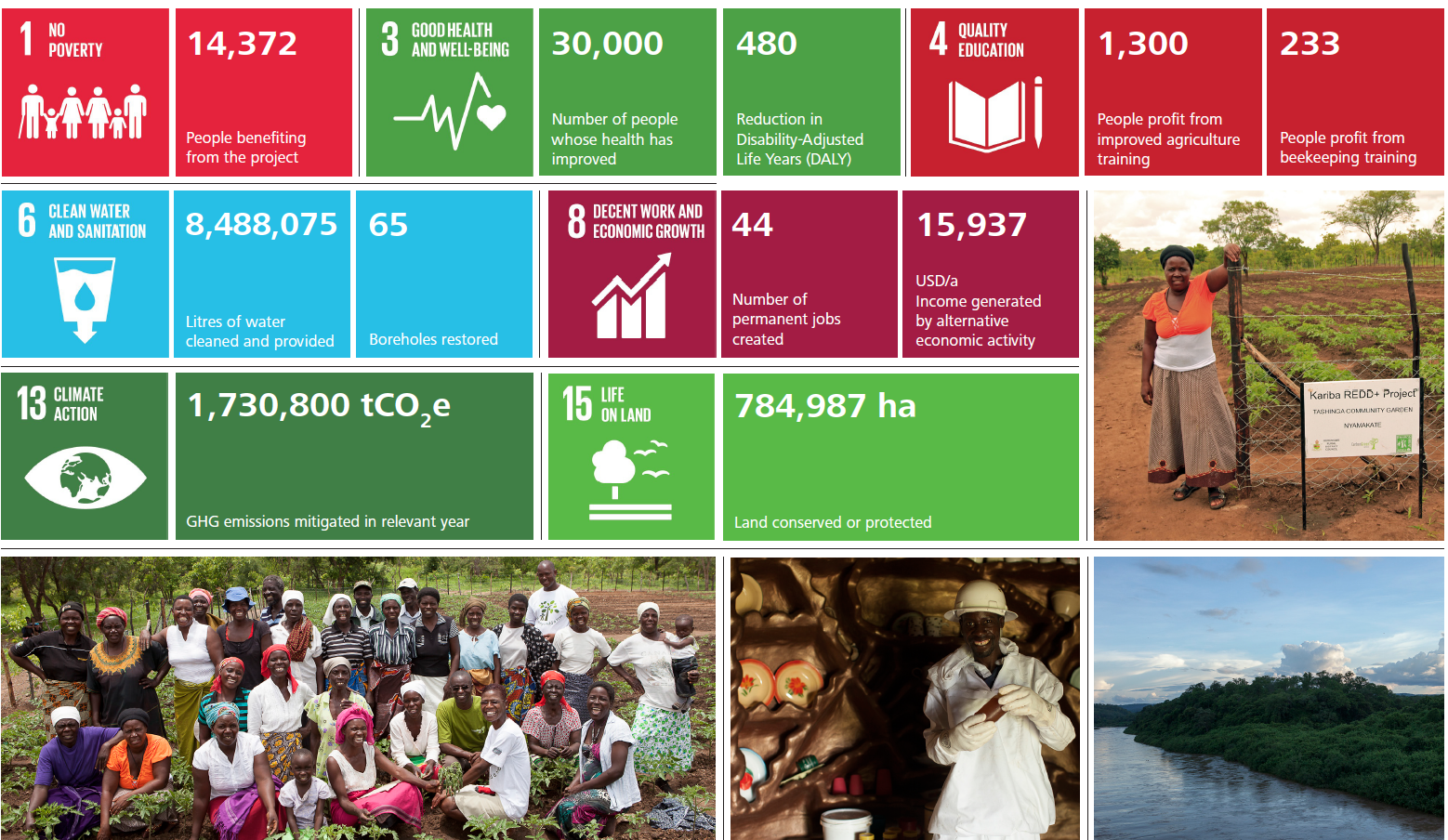 Lower Zambezi National Park in Zambia. The project is aimed at providing sustainable livelihood opportunities for poor communities in Northern Zimbabwe, a region still suffering heavily from deforestation, poverty, and drought. Its aim is to reduce deforestation and
Lower Zambezi National Park in Zambia. The project is aimed at providing sustainable livelihood opportunities for poor communities in Northern Zimbabwe, a region still suffering heavily from deforestation, poverty, and drought. Its aim is to reduce deforestation and 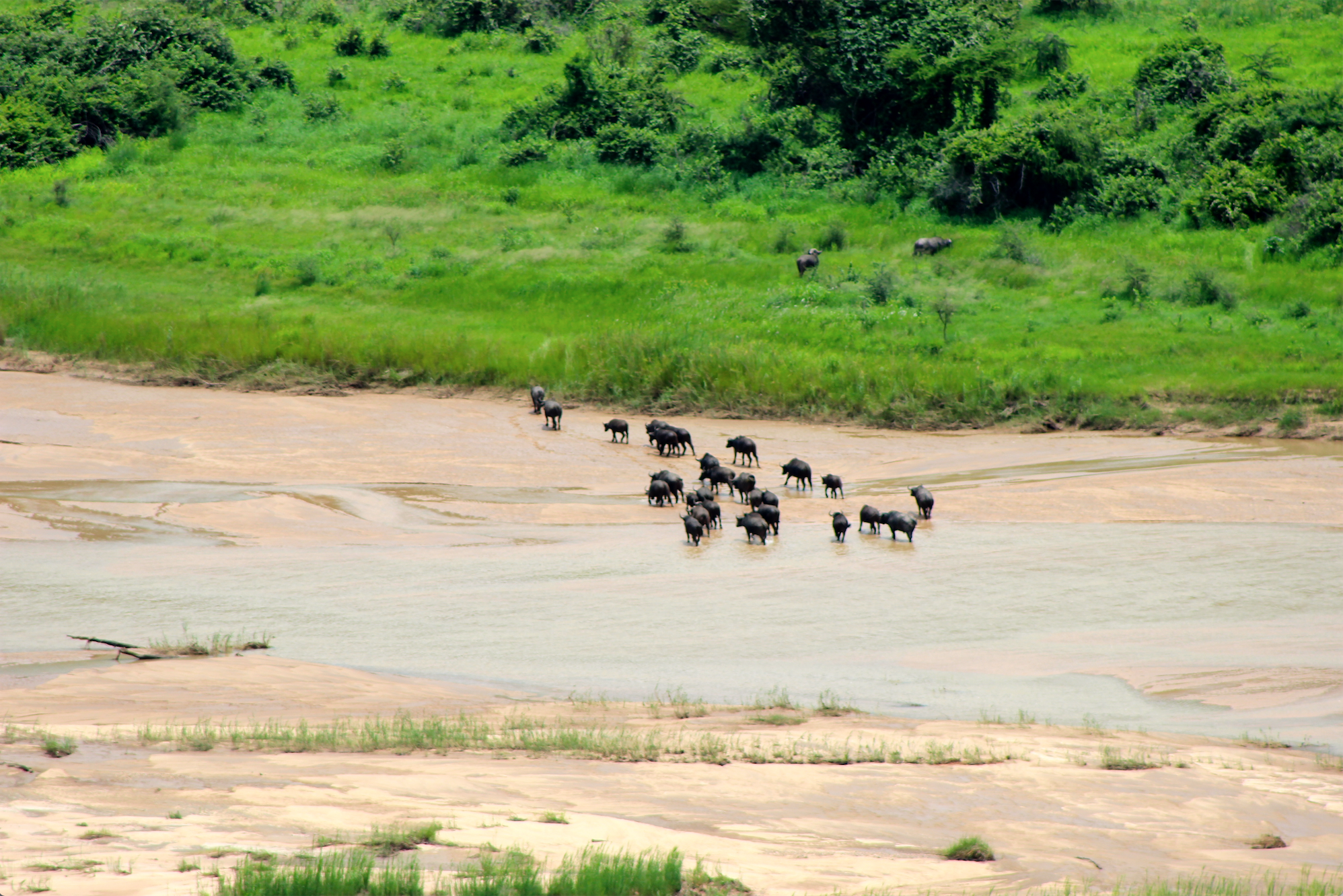 forest degradation through a range of activities such as conservation farming, proposed by local communities and supported by carbon finance. Furthermore, the Kariba REDD+ is in an area that has a long history of tourism, and by connecting the three national parks and eight safari reserves, the project area forms a giant biodiversity corridor. The initial hunting safaris have today been turned into ‘photo-safaris’, with visitors coming to the project site to view some of the ‘Big Five’ of the animal kingdom: lions, elephants, buffalos, leopards and rhinoceros.
forest degradation through a range of activities such as conservation farming, proposed by local communities and supported by carbon finance. Furthermore, the Kariba REDD+ is in an area that has a long history of tourism, and by connecting the three national parks and eight safari reserves, the project area forms a giant biodiversity corridor. The initial hunting safaris have today been turned into ‘photo-safaris’, with visitors coming to the project site to view some of the ‘Big Five’ of the animal kingdom: lions, elephants, buffalos, leopards and rhinoceros.
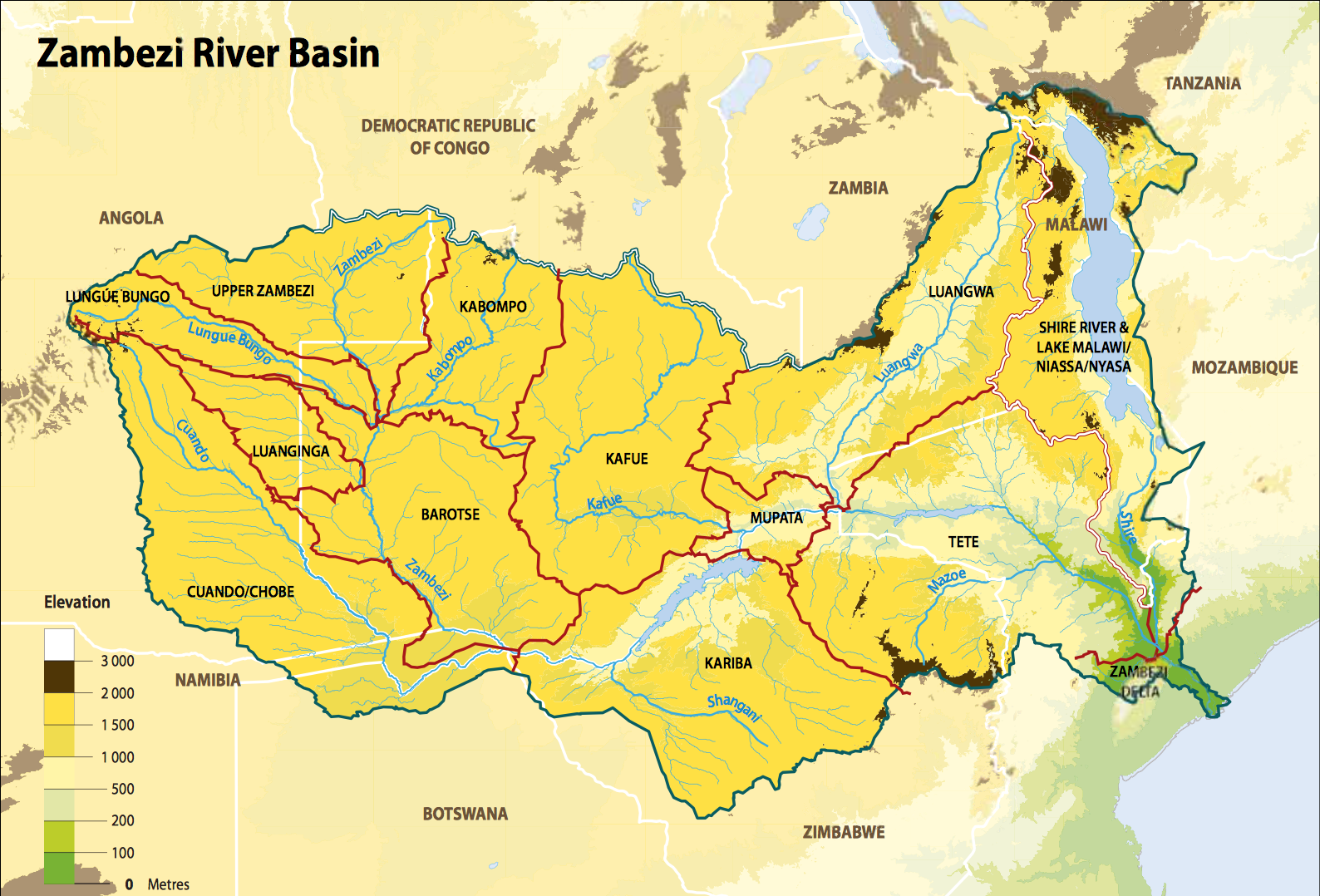
The project area spans more than 700’000 ha and is situated in the much larger Zambezi River Basin.
And, as the tour is now postponed by one year, there is a chance to learn then also what meanwhile has hopefully changed to the positive in Zimbabwe in general.
However, if you are planning your next travel or consider to make a Christmas present in form of a tour, you should preferably choose an LT&C-Study Tour and you should compensate your climate emissions by supporting the Kariba REDD+ project. Then even your voyage to the Arctic or to Antarctica will have a positive effect on the developments in Zimbabwe.
Let us know your interests and how you are compensating for your travel emissions.
Contact us
„*“ zeigt erforderliche Felder an

